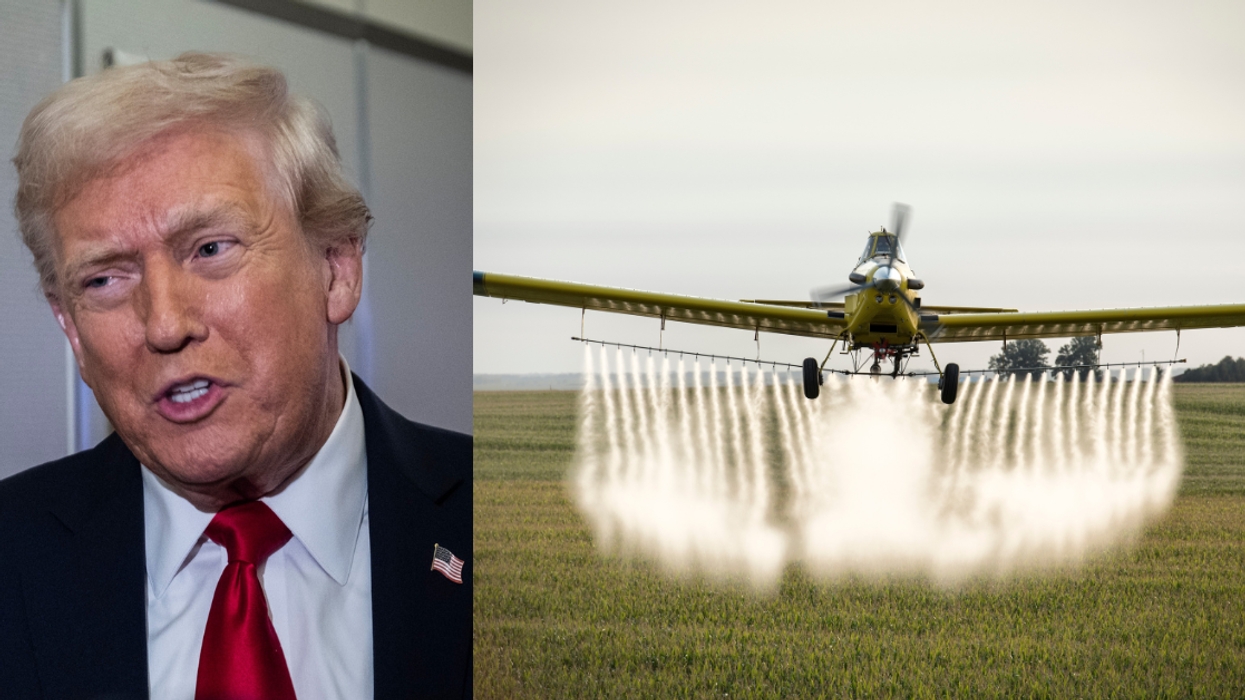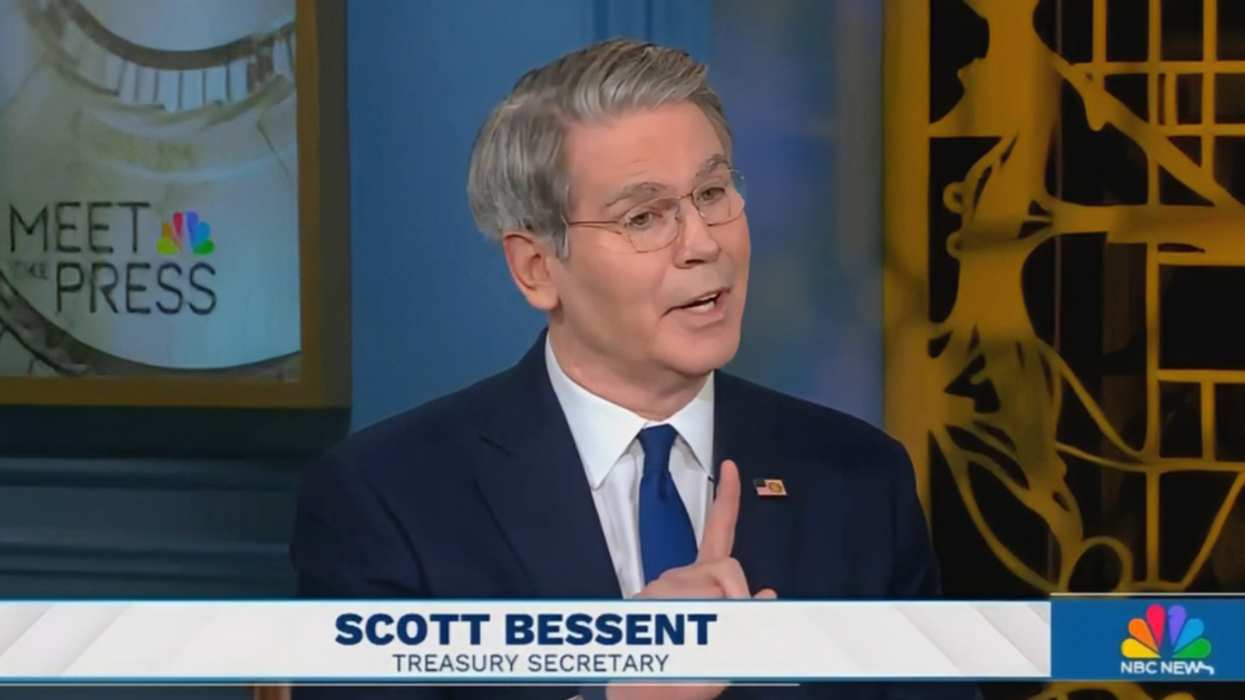Good news, health-conscious readers. You can now buy water here in the United States that is gluten-free, non-GMO and even organic. Just swing over to the website for “Clara Gluten-Free Water” if it’s not carried in your local health food store. This water is meant for “health-conscious individuals worried about the source” of their water, and is “guaranteed gluten-free with a surprisingly fresh taste on the palate.”
There’s just one problem. There’s no such thing as water with gluten. (Unless you’re talking about bottling the water you boil your pasta in.) There is also no such thing as genetically-modified water or non-organic water.
There’s nothing illegal about this “fake transparency.” The Food and Drug Administration food-labeling guidelines allow naturally gluten-free foods like vegetables, fruit, eggs and yes, bottled water to be labeled as gluten-free. But there is a cost, and consumers bear that cost. As food economist Brandon McFadden wrote in an article for The Conversation, “‘fake transparency’ does nothing to inform consumers about the nature of their foods. Moreover, it can actually decrease well-being when accompanied by a higher price tag.”
Food labels are still relatively new, first required by the Food and Drug Administration’s Nutrition Labeling and Education Act of 1990. But food labeling is subject to a wide variety of seemingly inconsistent federal guidelines and regulations. For instance, the term “cage-free” is not regulated; “free range” is. Similarly, “natural” is not regulated, but “organic” is.
When customers, trying to be healthy and conscious consumers, see a carton of eggs that is labeled “cage-free” and “natural,” they may be willing to shell out an additional dollar or two—when in reality, there may be no difference between this carton of eggs and the one next to it whose label offers no such promises.
This is a problem of “asymmetric information.” The companies selling the product generally have more information about it than the consumers. While mandated labeling helps to close the knowledge gap, it can also help exploit it. For instance, by labeling water “gluten-free.” (Or sugar-free, or fat-free, or any other ingredient-free that water never had in the first place.)
This problem is likely to get worse, as a new law that requires GMO labeling of some foods is set to take effect later this year. The new GMO labeling will act as a signal that bioengineered foods are unhealthy, bad or otherwise undesirable. It is likely companies who do not use GMOs (like water companies) will begin adding “free of GMOs!” to their labels, even though the law does not apply to them. And when faced with the choice between GMO-free water, and, supposedly, GMO-full water, what will the consumer choose? And how much more will the consumer pay for the exact same water?
The moral is you may need to do more research before shelling out the big bucks on that healthy water. And buyer beware: if you see a bottle of water claiming to be fat-free and dairy-free, don’t waste your money. You can get the same qualities from your tap.













 @RichardLaub4/X
@RichardLaub4/X @RonFilipkowski/X
@RonFilipkowski/X
 @fortunate_fiasco/Instagram
@fortunate_fiasco/Instagram @baadbrad/Instagram
@baadbrad/Instagram @starbaksh/Instagram
@starbaksh/Instagram @angelcartel/Instagram
@angelcartel/Instagram @tamoderos/Instagram
@tamoderos/Instagram @rinabekiri/Instagram
@rinabekiri/Instagram @grace.s.hamilton/Instagram
@grace.s.hamilton/Instagram @robbietomkins/Instagram
@robbietomkins/Instagram @mereyahncage/Instagram
@mereyahncage/Instagram @aristochick/Instagram
@aristochick/Instagram @rrmrrmrrmrrmrrm/Instagram
@rrmrrmrrmrrmrrm/Instagram @drewguy88/Instagram
@drewguy88/Instagram @annacollins5172024/Instagram
@annacollins5172024/Instagram @lvndrbeauty/Instagram
@lvndrbeauty/Instagram @dinalohan/Instagram
@dinalohan/Instagram
 @jameelajamil/TikTok
@jameelajamil/TikTok @jameelajamil/TikTok
@jameelajamil/TikTok @jameelajamil/TikTok
@jameelajamil/TikTok @jameelajamil/TikTok
@jameelajamil/TikTok @jameelajamil/TikTok
@jameelajamil/TikTok @jameelajamil/TikTok
@jameelajamil/TikTok @jameelajamil/TikTok
@jameelajamil/TikTok @jameelajamil/TikTok
@jameelajamil/TikTok @jameelajamil/TikTok
@jameelajamil/TikTok @jameelajamil/TikTok
@jameelajamil/TikTok